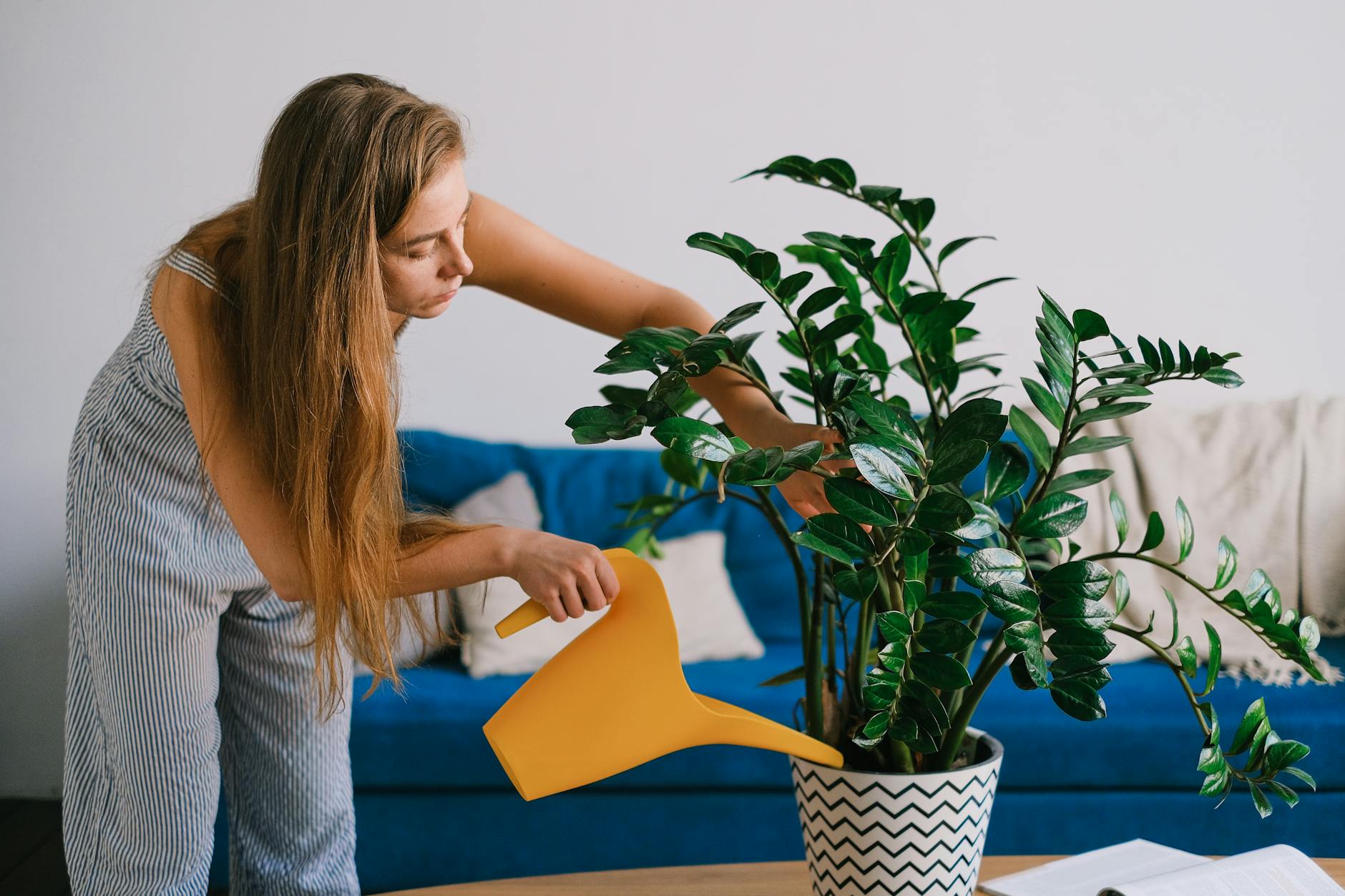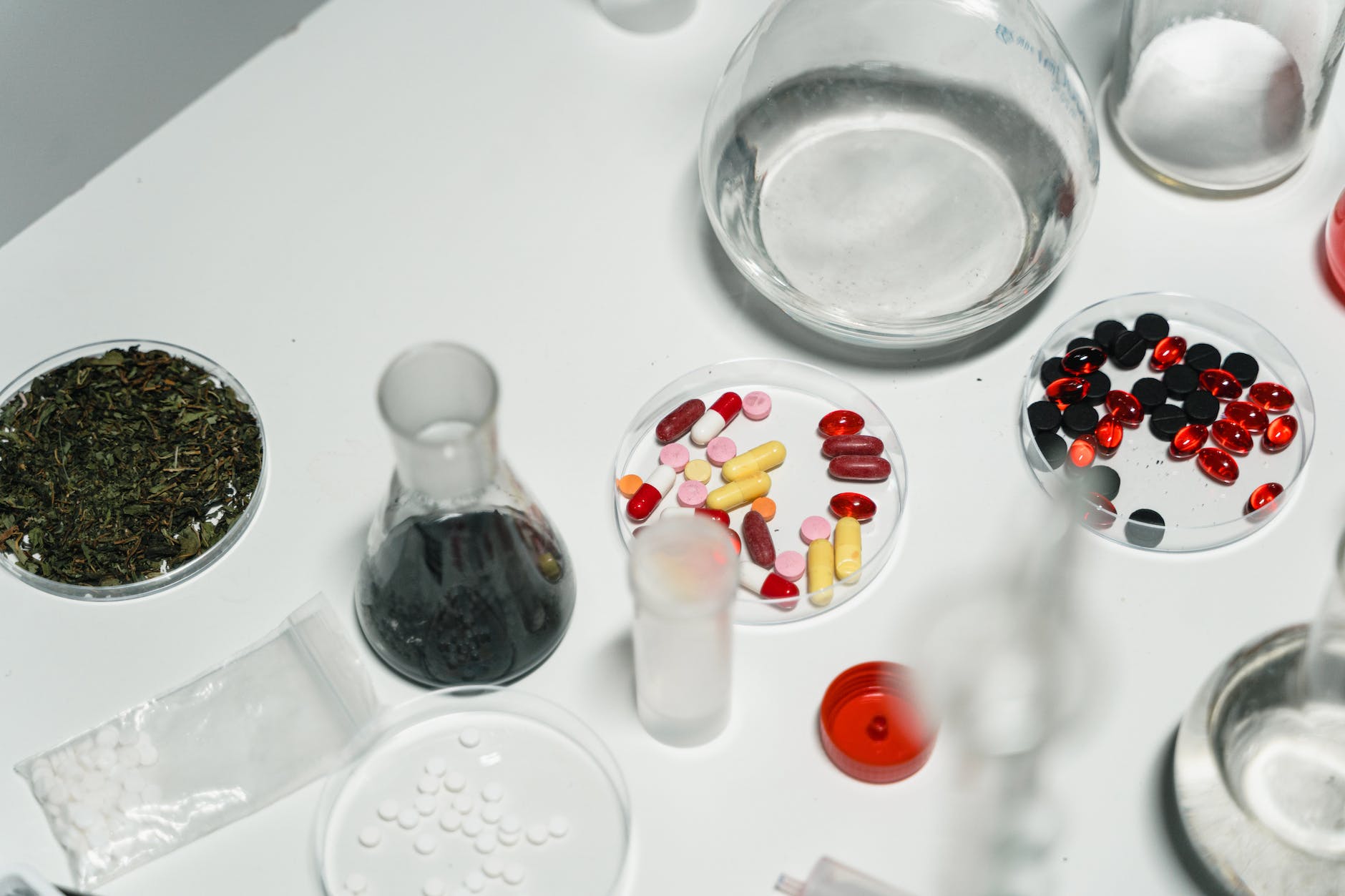Engaging in indoor cannabis cultivation can be a thrilling endeavor, providing year-round cultivation and a significant amount of control over your plants’ environment. Both expert and novice growers alike can benefit from these tips and tricks to maximize yield and enhance the quality of their indoor-grown cannabis.
The most crucial aspect of achieving successful indoor cannabis growth is choosing the appropriate cannabis strains for indoor growing. Certain strains thrive better indoors than others because of their compact growth structure and relative resistance to diseases and pests. Look for Indica strains or Indica-dominant hybrids as they can adapt to smaller growing spaces better than their Sativa counterparts source.
Equally important is the selection of suitable grow lights. Several options are available, each with its benefits and considerations. High-intensity discharge lights (HIDs), which include both metal halide (MH) and high-pressure sodium (HPS) bulbs, have been a conventional choice among experienced growers. However, the advent of LED grow lights has led to a shift due to their energy efficiency, reduced heat output, and the full spectrum of light they provide source.
Hydroponics systems are also gaining popularity in indoor cannabis cultivation. They offer faster growth rates, higher yields, and cleaner produce. Still, they need careful monitoring and maintenance. A deep water culture system (DWC), for instance, immerses the roots directly into the nutrient solutions and requires vigilant pH and electrical conductivity checks source.
Proper temperature and humidity control are integral to the health of your cannabis plants. Generally, the suitable temperature for cannabis is 70-85 degrees F during the seedling phase and 70-80 degrees F during the vegetative stage. During flowering, the range should be 70-80 degrees F in lights on and 20% cooler in darkness source.
To ensure optimal humidity, aim for relative fluctuations between 60-70% in the seedling stage, reducing to about 40-70% in the vegetative phase, then 40-50% in the flowering phase. A combination of ventilation systems and dehumidifiers can help maintain these conditions source.
Pruning techniques can also enhance your yield. Regular pruning stimulates plant growth and helps to maintain its shape, thus improving light penetration, airflow, and overall health. The most common techniques are topping and lollipopping source.
When it comes to pest control, preventive measures are essential. Regular inspections, clean growing environments, and the use of natural pesticides can help keep your plants pest-free. Remember, early detection is crucial to prevent infestations source.
Finally, harvesting and drying are critical stages that require your patience and diligence. Ensure that your cannabis plants are harvested at the correct time and dried appropriately to guarantee the best quality of your final product source.
To sum it up, indoor cannabis cultivation might seem challenging in the beginning. Yet, with the right understanding and technique, you can make your indoor grow a resounding success. Happy growing!

